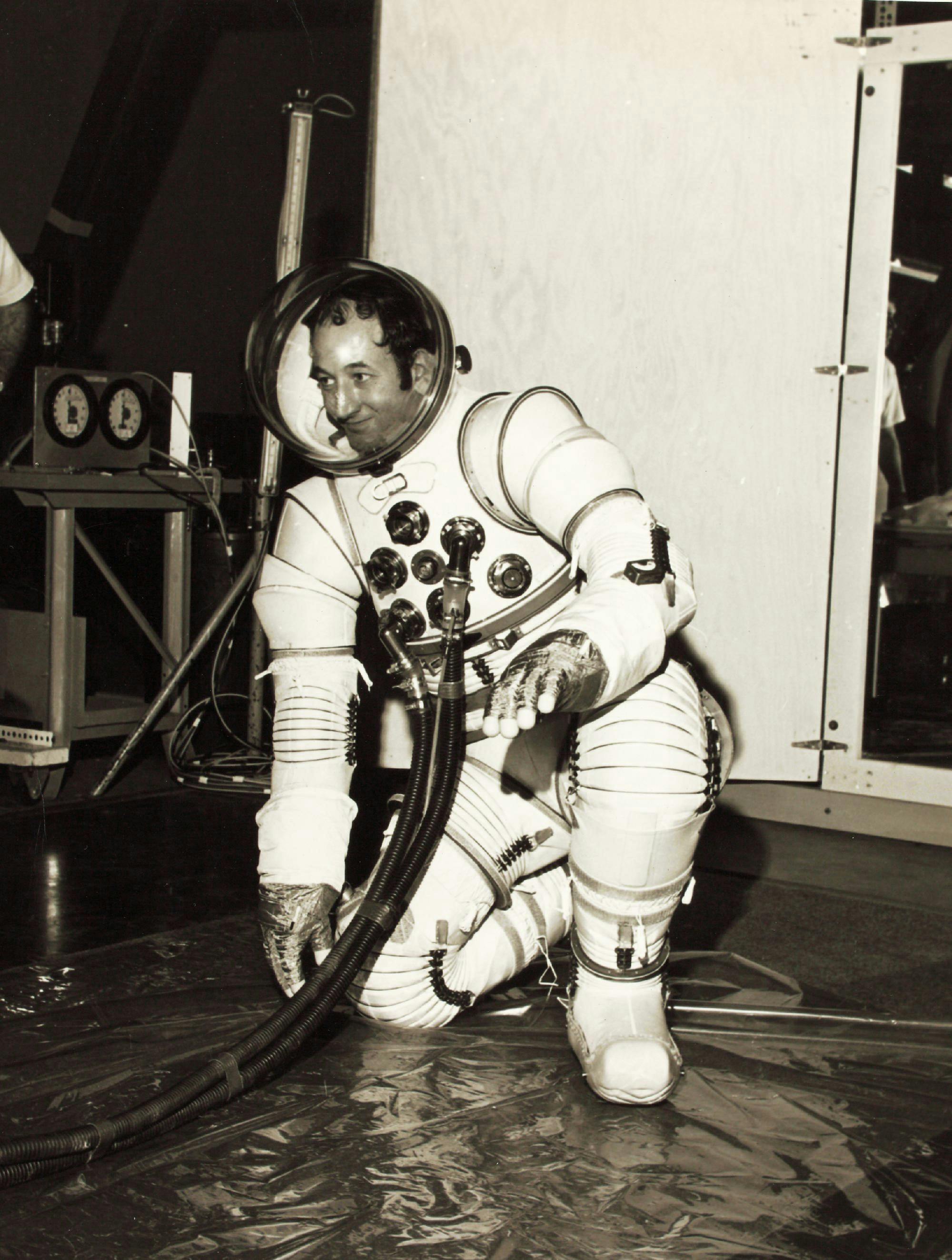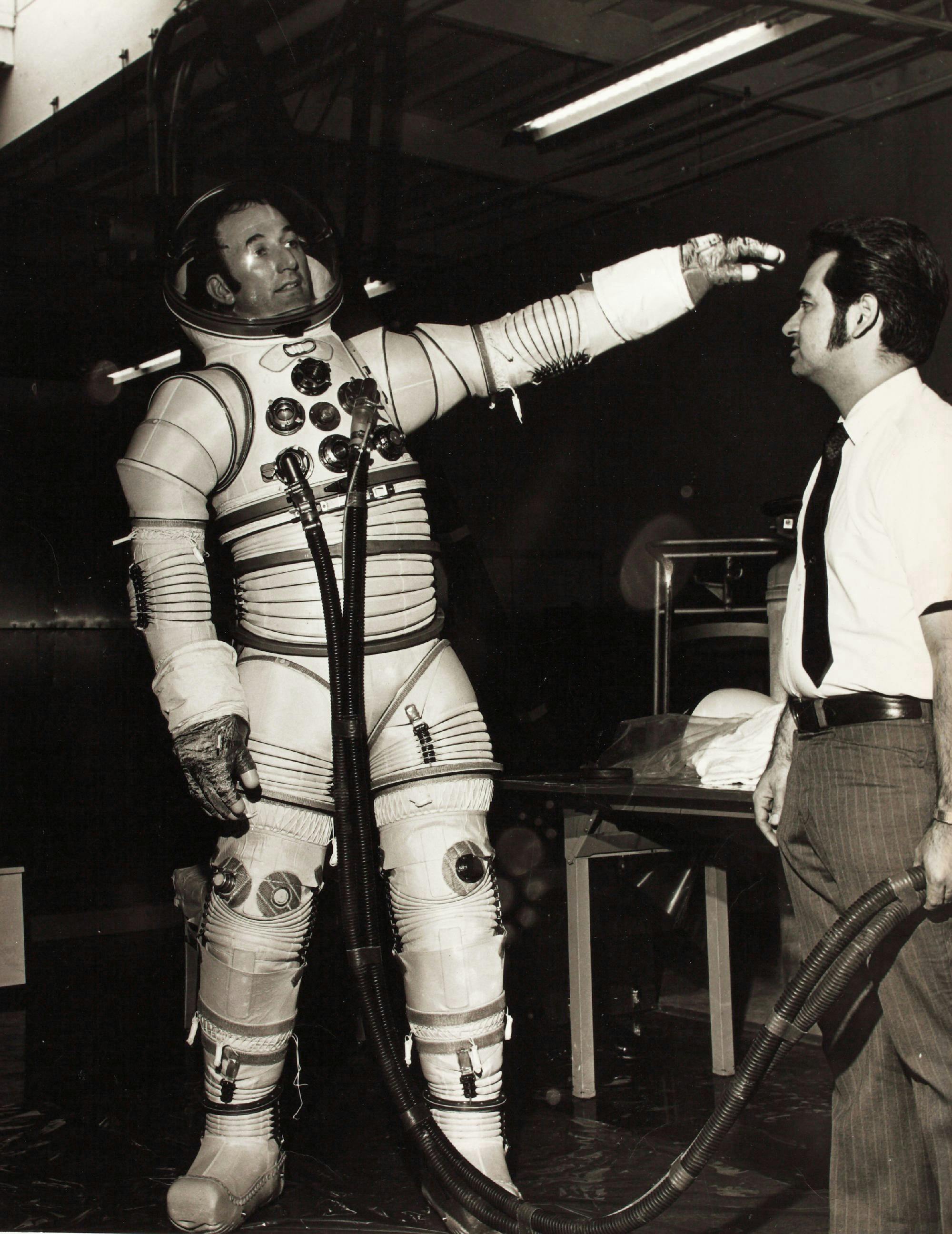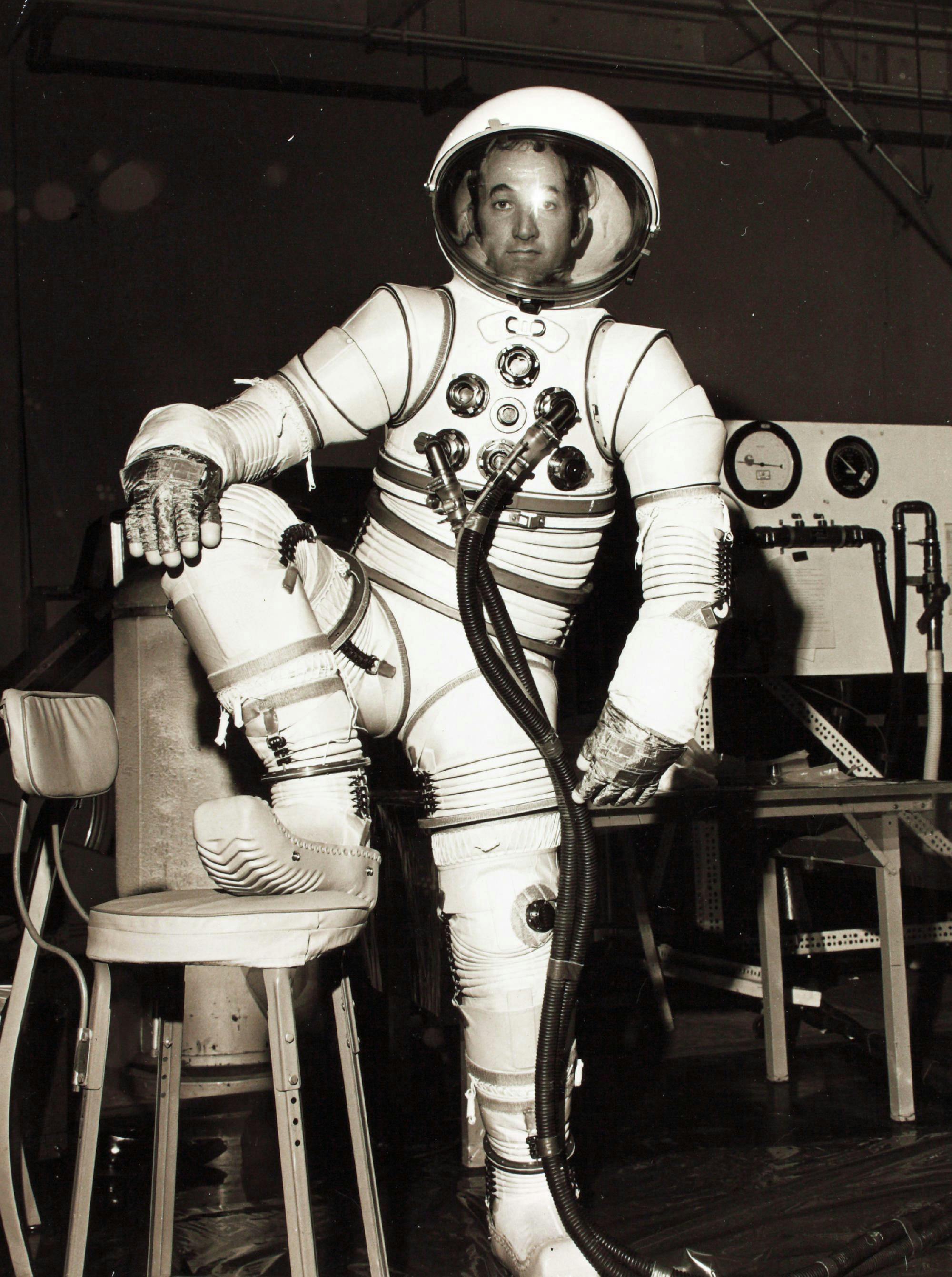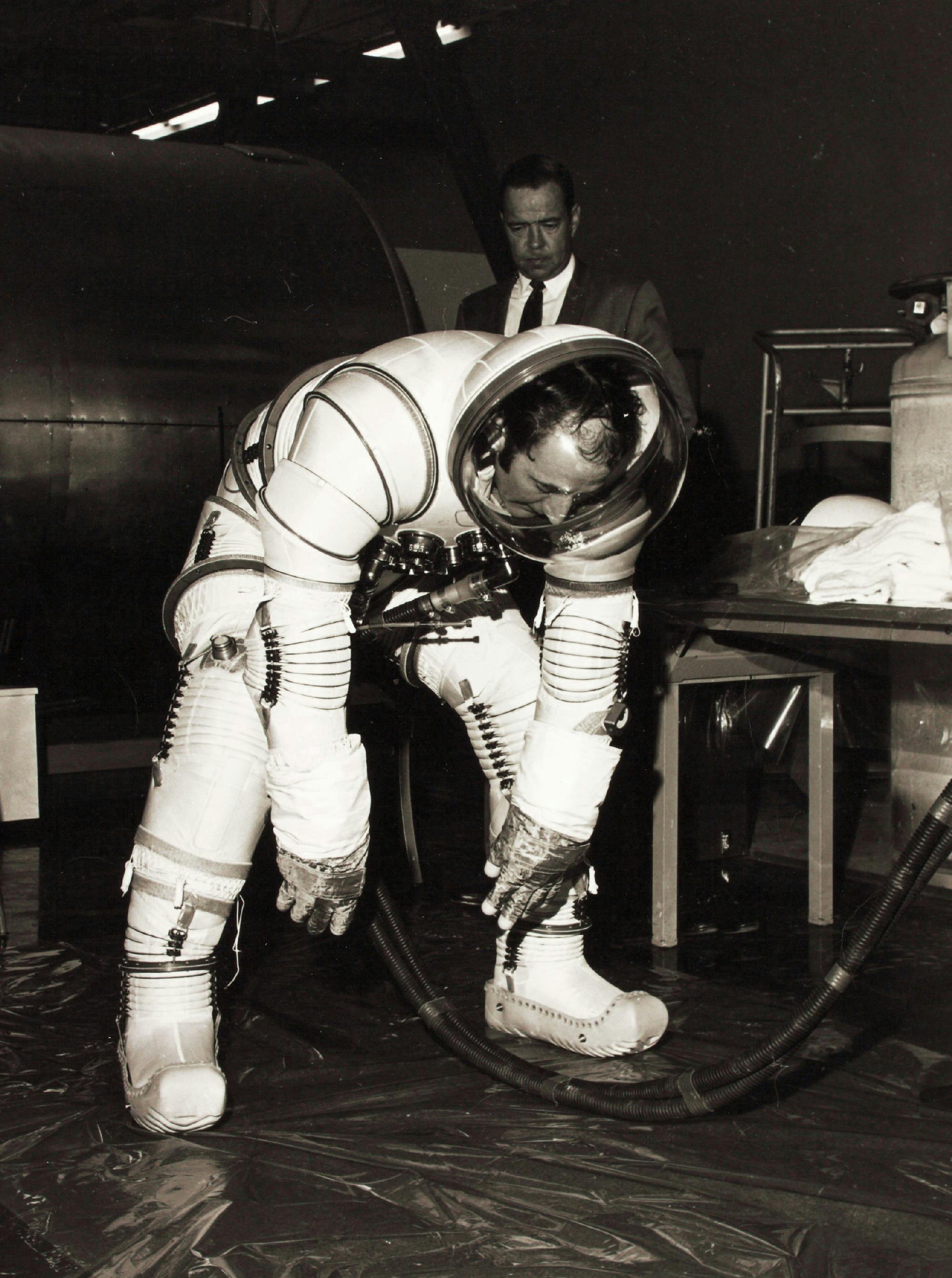
© NASA
Dressing up for a journey of discovery into the unknown: how astronauts' suits are made
"This nation should commit itself to achieving the goal, before this decade is out, of landing a man on the moon and returning him safely to the earth."
In 1961, US President John F. Kennedy valiantly declared the new aim for the American space program. This ambitious challenge was, of course, easier said than done. Directly after the president's call to action, no less than 400'000 engineers and technicians endeavored to make it possible, succeeding but eight years later.
There was, however, one key area of expertise it knew nothing about; building a spacesuit that would enable a human to survive in an extreme lunar environment. The space engineers were technically brilliant but with minimal experience to draw on when developing this new type of suit for walking on another world — more familiar with rocketry and riveted bodywork than functional garments.
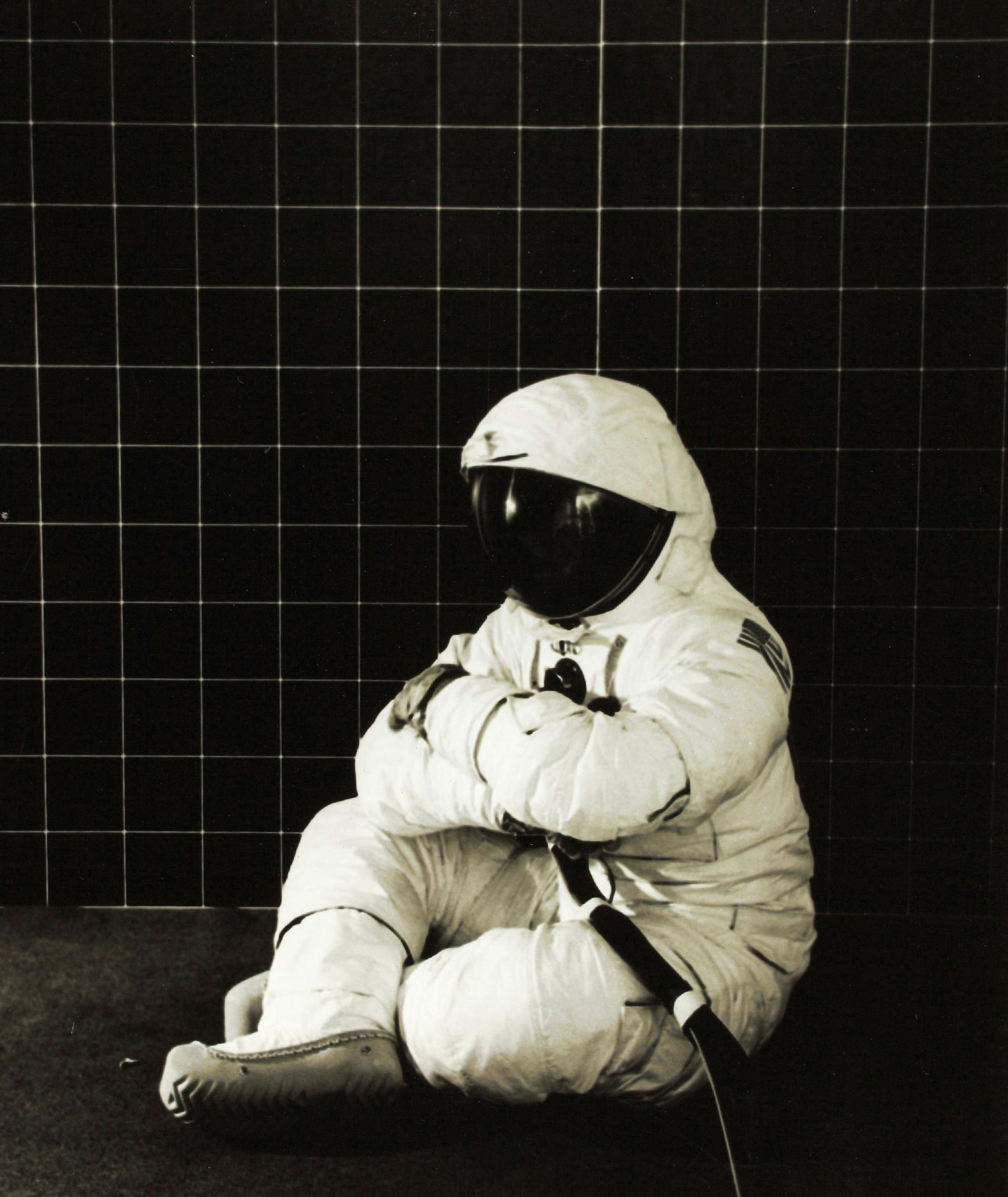
© NASA
"This nation should commit itself to achieving the goal, before this decade is out, of landing a man on the moon and returning him safely to the earth."
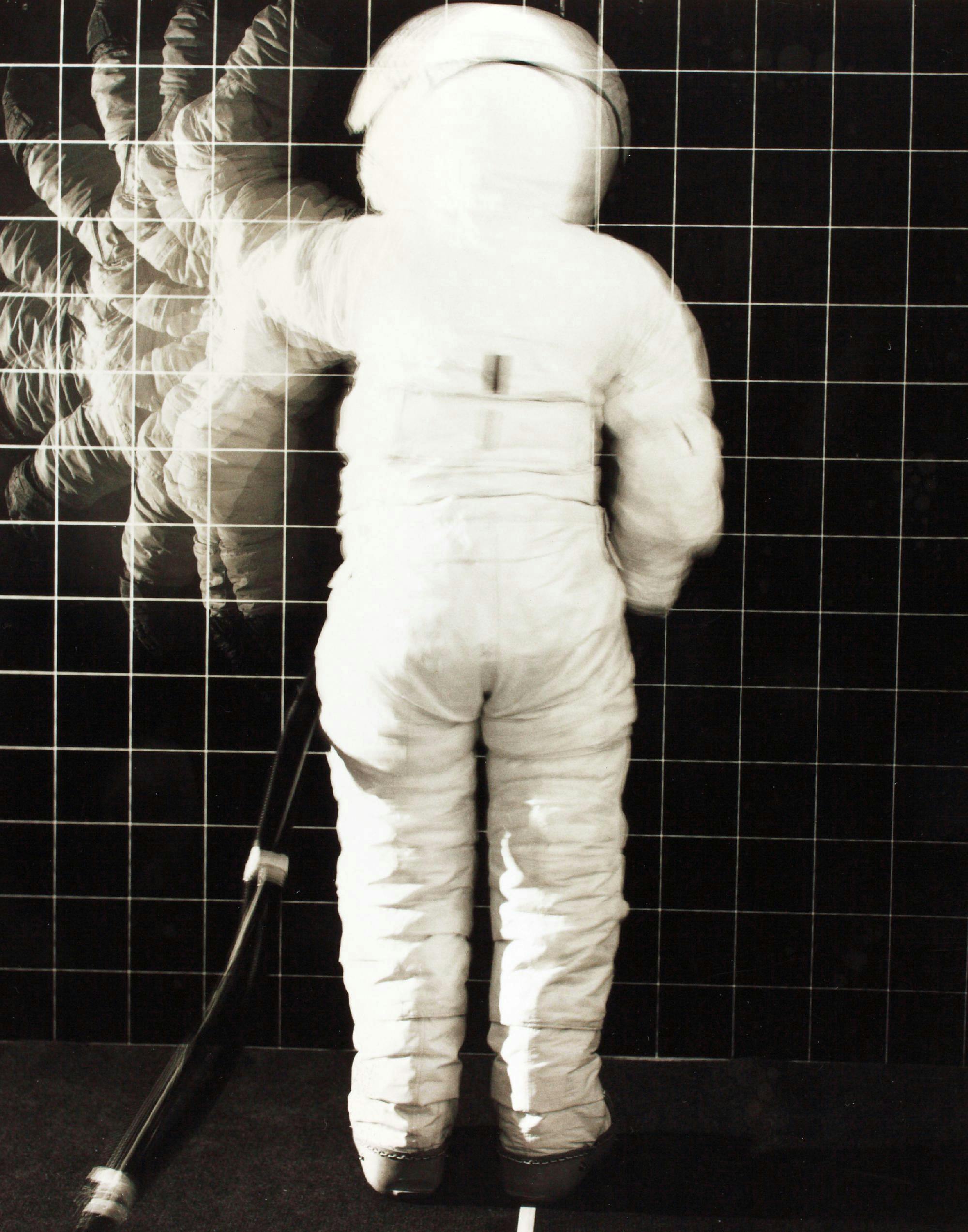
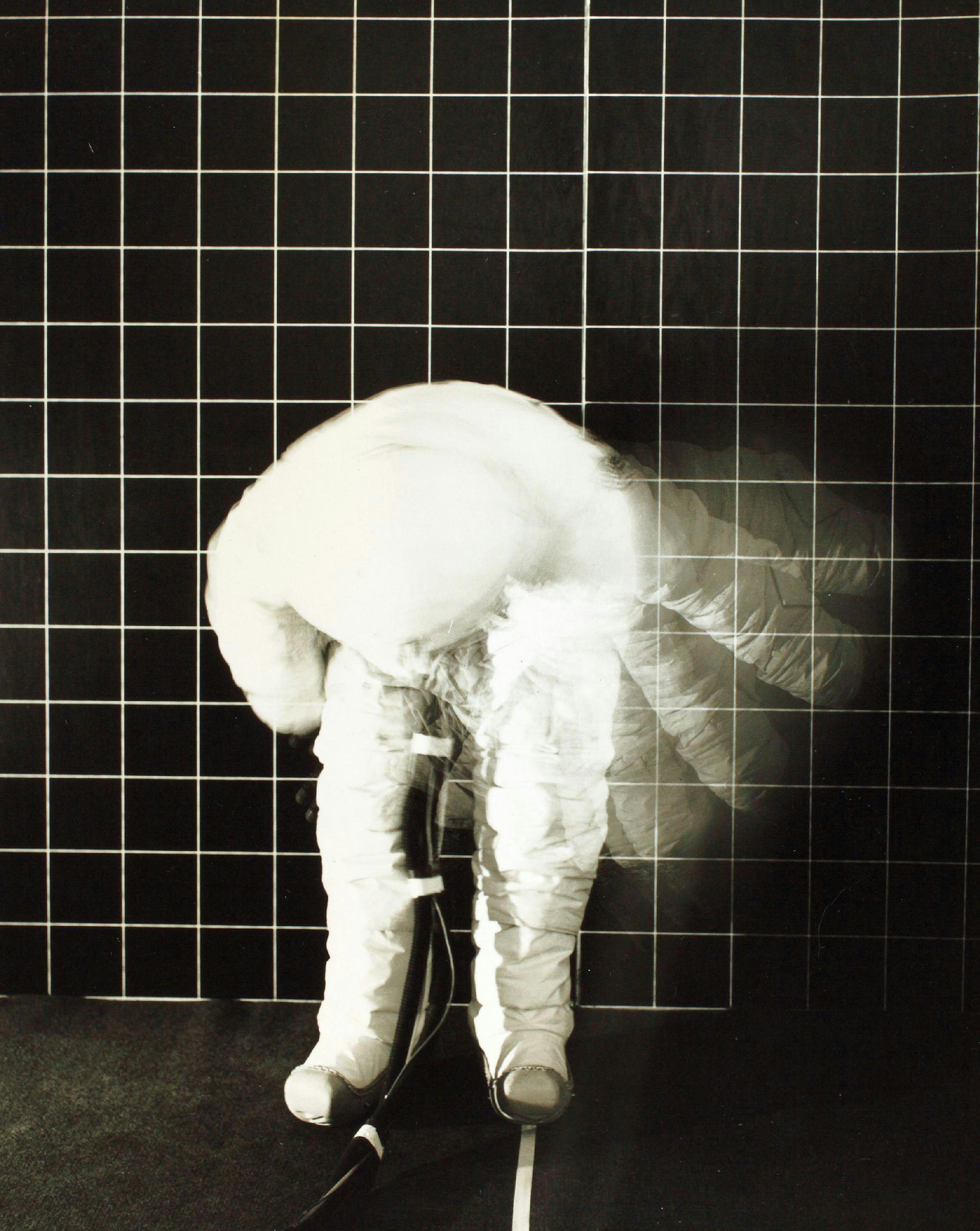
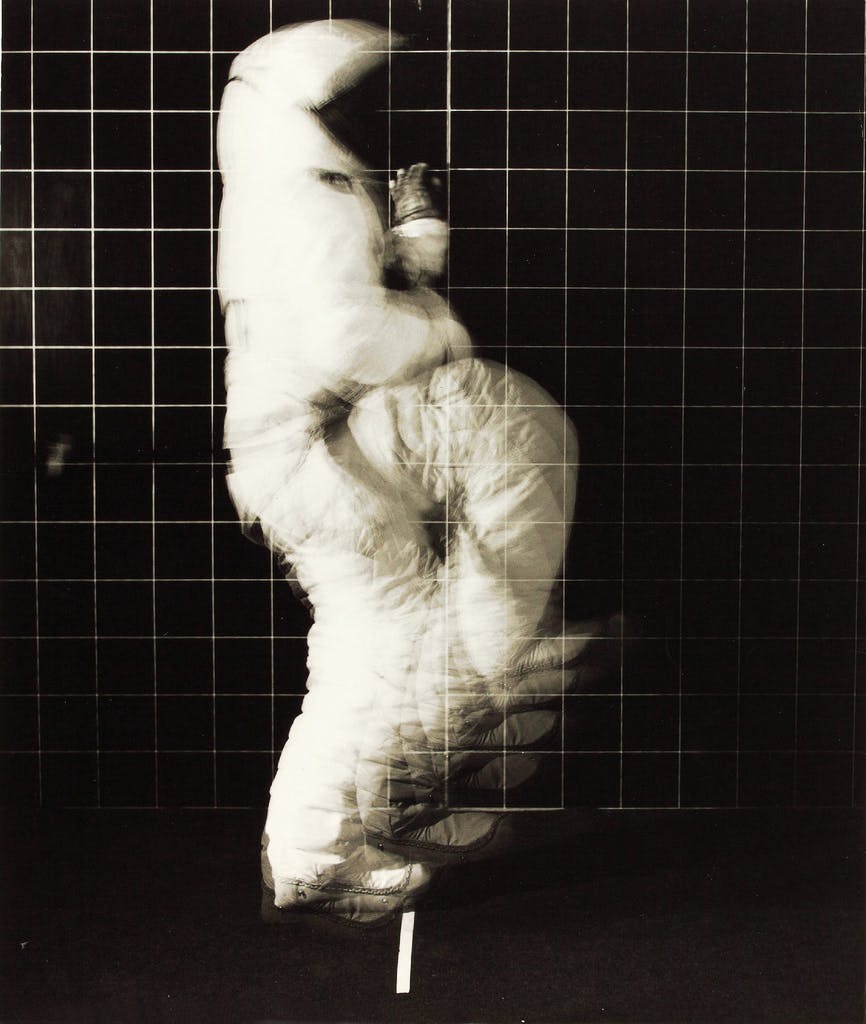
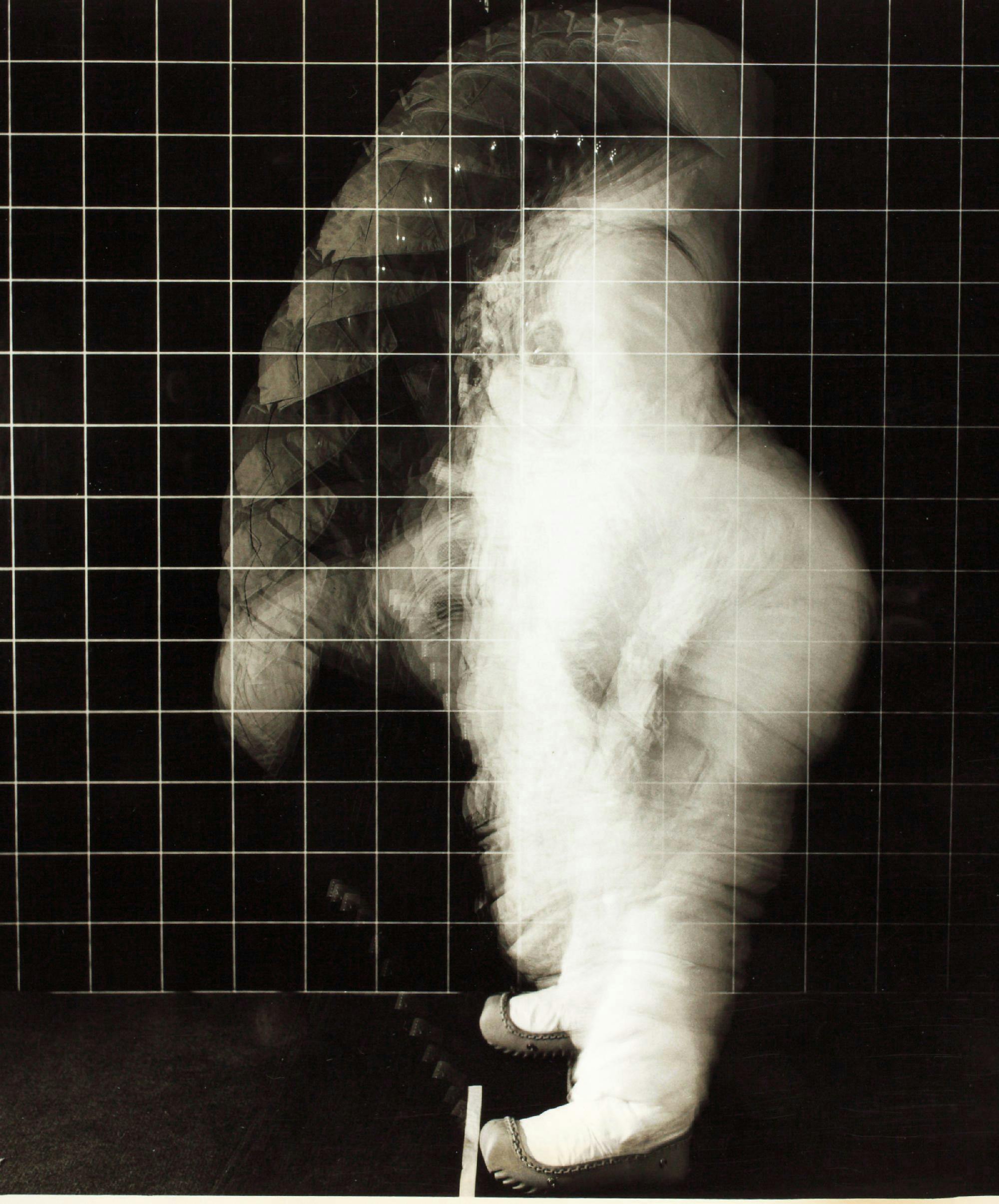
Movement is something that we take for granted every day. Nothing puts it quite into perspective like the pioneering designs of early spacesuits, where every movement has to be meticulously planned and measured. The simple challenges such as integrating an acceptable and functional range of motion became but one of the many obstacles faced when developing such equipment. Thanks to NASA's selected contractors, Hamilton Standard and the International Latex Company (aka ILC/Playtex), engineers and garment specialists successfully bridged the gap between clunky suit-of-armor and terrestrial clothing. This collaboration resulted in a series of innovative designs, parts of which are still in use today.
This series of stroboscopic flash photographs shows some of the many movement and range-of-motion testing performed by NASA and the spacesuit development teams to evaluate the functionality of their designs.
The various suits were made up of multiple layers, including one with heating & water cooling (for temperature adjustment), another, completely pressurized with flexible joints, and an outer garment to protect from the extreme environment and temperatures (which can fluctuate between approx. -180o and 130o Celsius!)
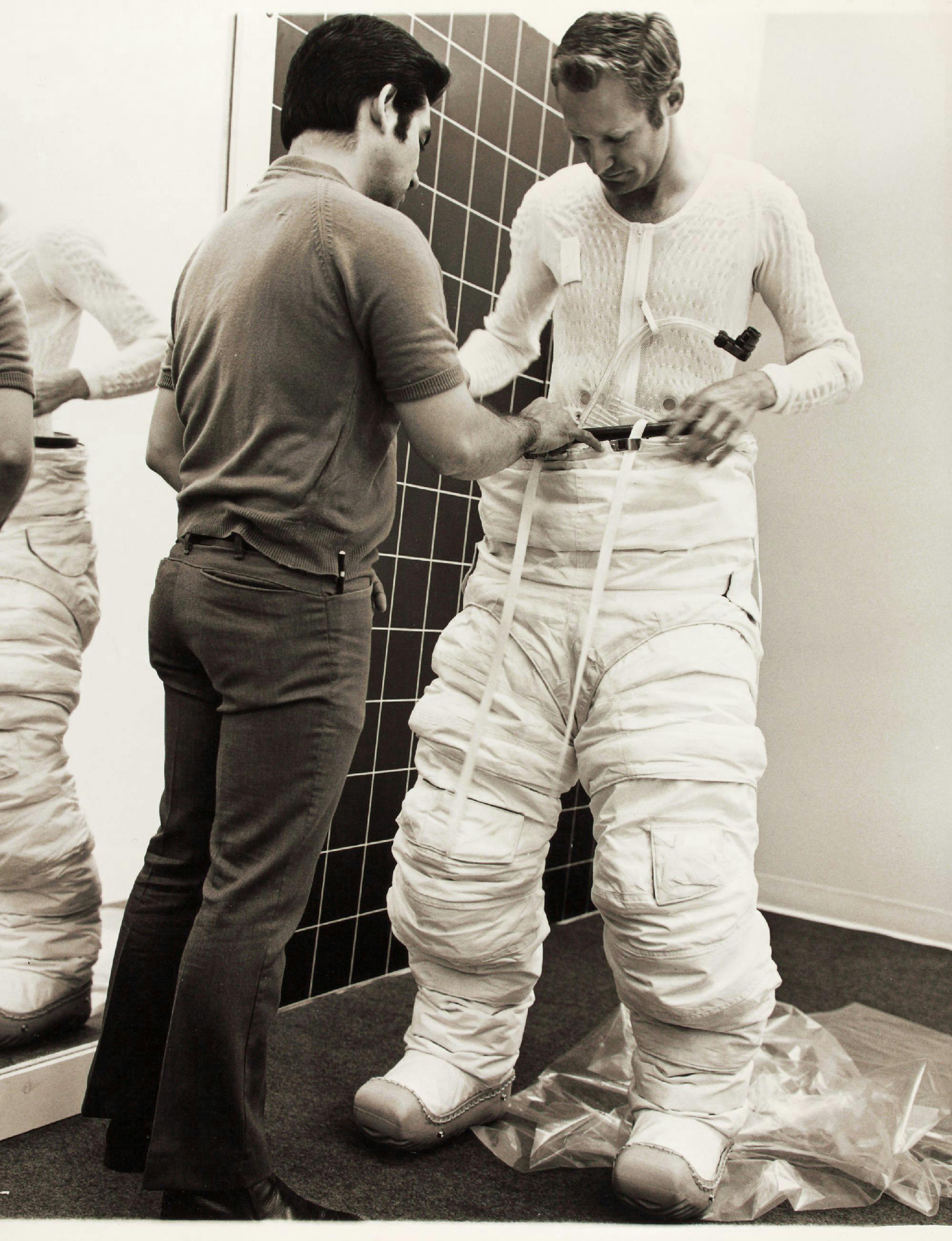
© NASA
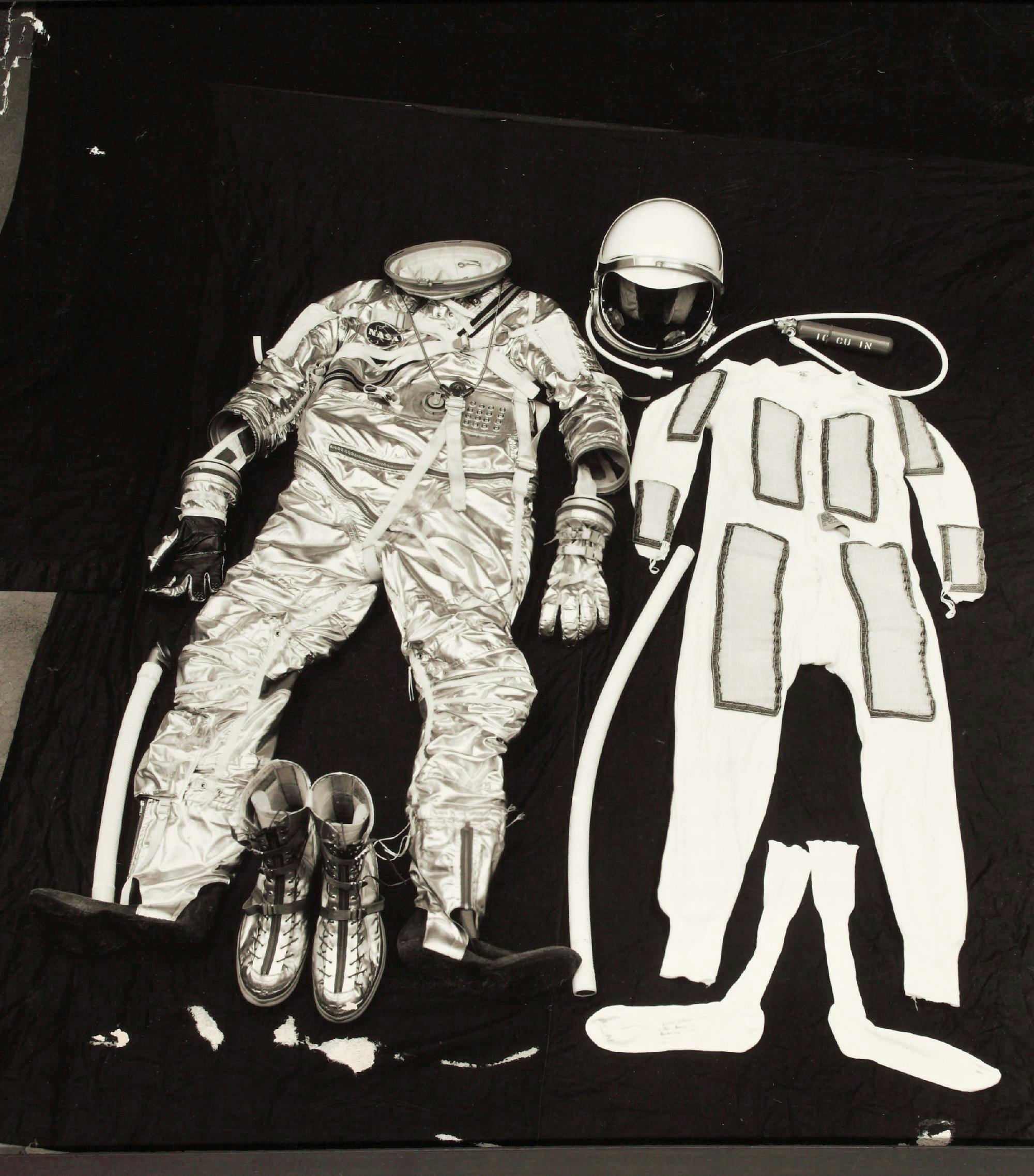
© NASA
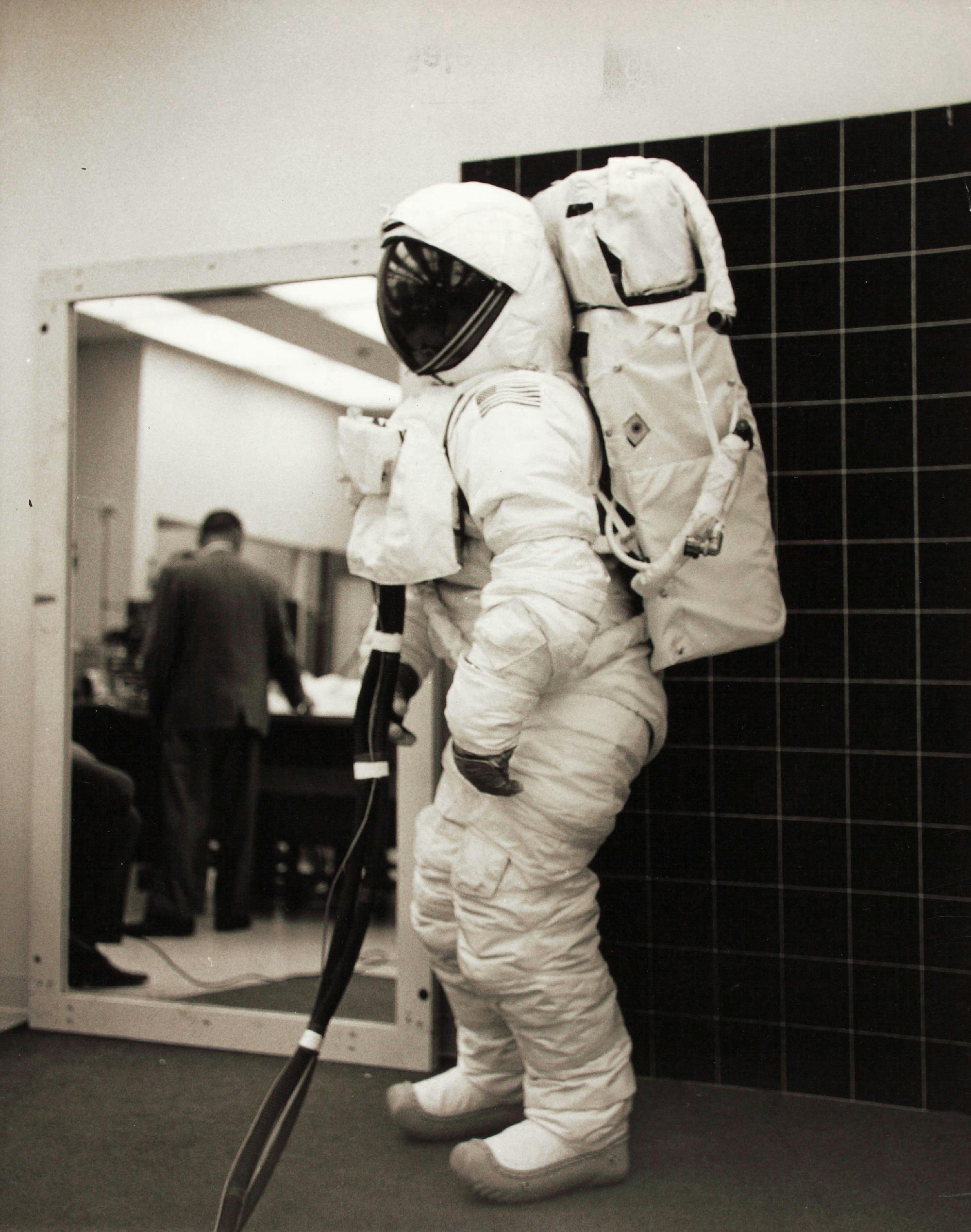
© NASA

© NASA
From May 20 to November 20, 2022, come and discover the 23rd International Exhibition entitled Unknown Unknows. An Introduction to Mysteries, curated by Ersilia Vaudo, Chief Diversity Officer at the European Space Agency.
